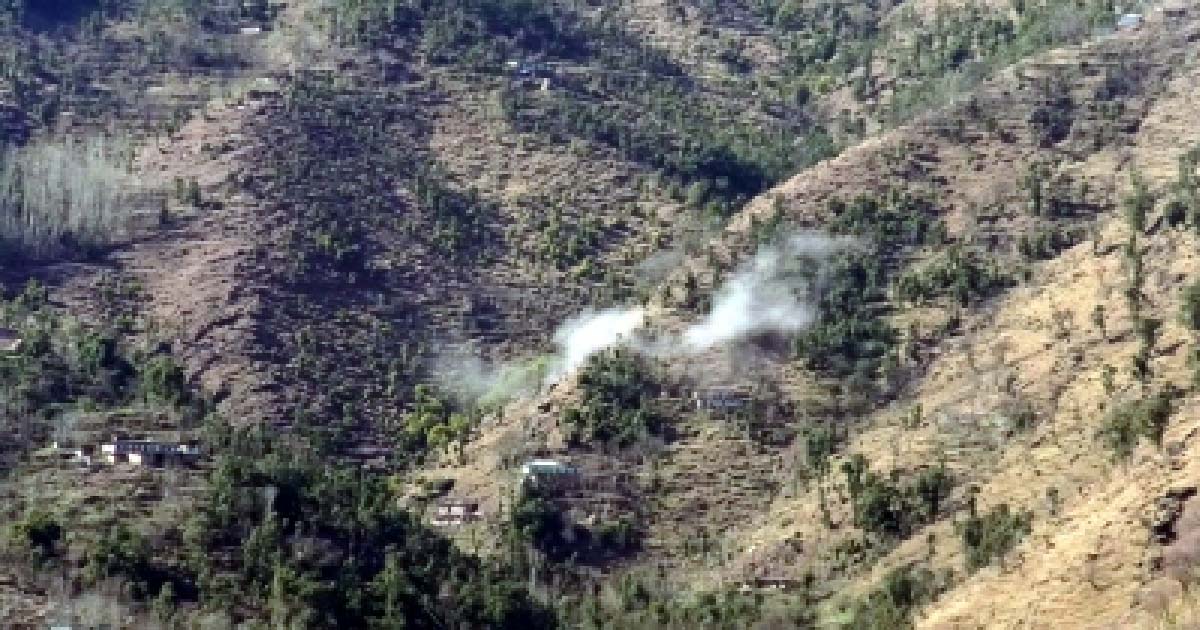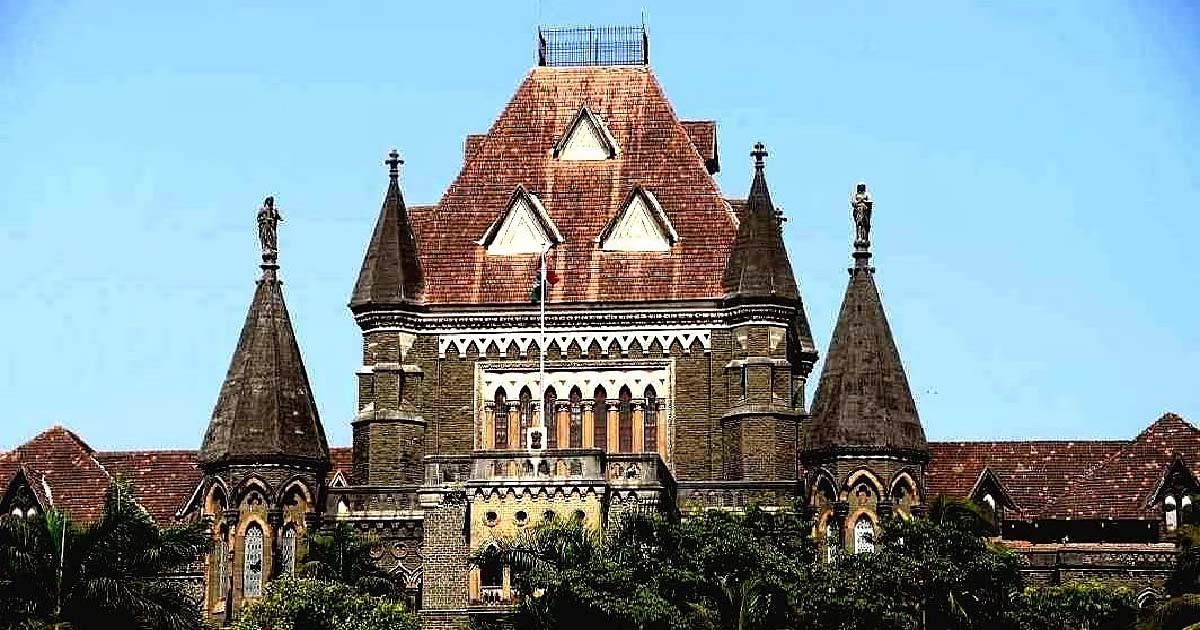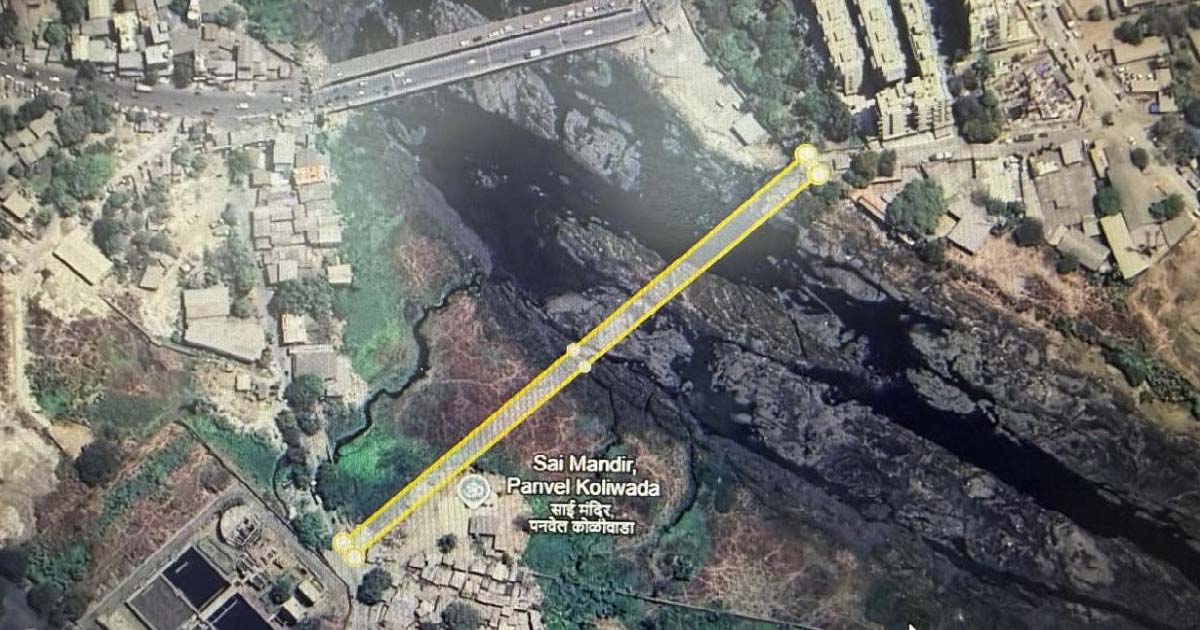National News
15 civilians killed in Pakistan’s heavy shelling along J&K LoC

Jammu/Srinagar, May 8: Fifteen people, including a soldier, were killed and over 40 others injured in mortar shelling by the Pakistan Army on the Line of Control (LoC), which continued for the 14th consecutive day on Thursday.
A Ministry of Defence (MoD) statement said, “During the night of 07-08 May 2025, Pakistan Army posts resorted to unprovoked fire using Small Arms and Artillery Guns across the LoC in areas opposite Kupwara, Baramulla, Uri and Akhnoor areas in J&K.
“Indian Army responded proportionately,” the statement mentioned.
Army’s Nagrota headquartered White Knight Corps said on X, “GOC and all ranks of #WhiteKnightCorps salute the supreme sacrifice of L/Nk Dinesh Kumar of 5 Fd Regt, who laid down his life on 07 May 25 during Pakistan Army shelling. We also stand in solidarity with all victims of the targeted attacks on innocent civilians in #Poonch Sector.”
J&K administration has started shifting people from vulnerable areas along the LoC to safer places as tensions between the two countries reached a new high.
District hospitals in Poonch and Baramulla have received a large number of injured civilians, and special arrangements have been made at the government medical college hospital in Jammu to treat people needing specialised treatment.
All schools, colleges and other educational institutions have been closed in Jammu, Poonch, Rajouri, Samba, Kathua and Baramulla, Kupwara and Gurez.
The Air Force has taken over Srinagar airport, and all civilian flight operations have been suspended till May 10.
The Indian armed forces carried out missile strikes at nine terror sites in Pakistan on Wednesday.
The MoD statement said that these precision strikes were carried out at terror sites — Shawai Nallah Camp, Muzaffarabad (PoK); Muridke (Pakistan); Sarjal camp, Sialkot (Pakistan); Markaz Ahle Hadith, Barnala (Bhimber, PoK); Markaz Abbas, Kotli (PoK); Mehmoona Joya camp, Sialkot (Pakistan); Markaz Subhan Allah, Bahawalpur (Pakistan); Syedna Bilal camp, Muzaffarabad (PoK); and Maskar Raheel Shahid Gulpur Camp, Kotli (PoK).
No military installation of Pakistan was targeted in Wednesday’s strikes by the Indian armed forces, as the strikes were non-escalatory and were carried out without crossing the LoC, India has said categorically..
Prime Minister Narendra Modi gave operational freedom to the armed forces to avenge the killings of 26 civilians, including 25 tourists and a local, by Lashkar-e-Taiba (LeT) terrorists sponsored and aided by Pakistan on April 22 in Baisaran meadow of Pahalgam.
The entire country was outraged by the cowardly act of terrorists. Prime Minister Narendra Modi had said in his first reaction to Pahalgam killings that the terrorists, their handlers and backers would he chased and hunted down to the ends of the earth.
India announced a slew of measures against Pakistan, including the deportation of its nationals from Indian soil, closing of Attari-Wagah border crossing, throwing the Indus Water Treaty into abeyance, closing its airspace for Pakistani commercial flights and cancellation of all trade and cultural exchanges with Pakistan.
On Wednesday, India also closed the Kartarpur border crossing point on the international border in Punjab.
The decision to give operational freedom to the armed forces came after the PM had a series of meetings with the defence minister, national security advisor, chief of defence staff (CDS), and chiefs of the army, navy and the Air Force.
Meanwhile, to send a powerful message to terrorists, their overground workers (OGWs) and sympathisers, security forces have demolished the houses of ten terrorists. On April 25, two houses belonging to Adil Hussain Thokar and Asif Sheikh were demolished in the Tral and Bijbehara areas. Both these terrorists were part of the LeT terrorist group involved in the Pahalgam killings.
On April 28, the J&K Assembly unanimously condemned the dastardly terrorist attack and passed a resolution on this.
National News
Bombay HC Slams Son’s Plea To Stop Elderly Parents Using His Home, Orders Him To Provide ‘Respect, Love And Care’

Mumbai, November 14: Expressing strong displeasure over a son’s plea seeking to restrain his elderly parents from using his Mumbai residence during their visits for medical treatment, the Bombay High Court on Thursday directed him to ensure that they are treated with “utmost respect, love and care.”
The son had approached the HC challenging a January 20, 2018, order of the City Civil Court, which had refused to grant an injunction preventing his parents—currently residing in Kolhapur—from using his transit accommodation at Goregaon (East) whenever they travelled to Mumbai for treatment. The HC described the appeal as a “sorry state of affairs.”
“This is one more instance and sorry state of affairs where a son instead of discharging the moral duty of taking care of his ailing and aged parents has filed a suit seeking restrain order,” the court observed, lamenting a decline in moral values.
Referring to cultural ideals, the court said: “The moral values inculcated in our culture have fallen to such an extent that we have forgotten Shravan Kumar who took his parents for pilgrimage and on the way laid down his life.”
The judge remarked that caring for parents “is not just a sacred and moral duty, it’s a labour of love,” emphasising that honouring and supporting them is akin to “honouring God himself.” The court noted the harsh irony that “parents can take care of ten children, but sometimes ten children cannot take care of their parents.”
Without delving into the merits of the property dispute, the court said the parents must be cared for by their three sons—one in Mumbai (the appellant), another in Airoli, and the third in Kolhapur. The senior couple requires regular treatment in Mumbai at J.J. Hospital, as well as in Panvel and Kolhapur.
As an interim arrangement, the court issued a series of directions. It ordered that whenever the parents need treatment in Mumbai, they must inform the son in advance. On the day of their arrival, “the plaintiff-son or his wife will go and receive the defendants-parents at the place of embarkment and take them” to his residence. He or a family member must accompany them to the hospital or clinic and bear all medical expenses.
After treatment, the son must escort them back to their residence and ensure they are treated with “utmost respect, love and care.” He was also directed to make suitable travel arrangements whenever the couple wishes to visit their other sons in Panvel or Kolhapur.
Any breach of these directions, the court warned, would invite contempt proceedings. The court added that the directions were “illustrative,” and the son must ensure no “inconvenience or harm of any nature whatsoever” is caused to his parents.
Business
Panvel Municipal Corporation Clears ₹48.40 Crore Gadhi River Bridge Project To Ease Traffic Congestion On Panvel–Karanjade Stretch

Panvel, November 14: In a major infrastructure push aimed at reducing traffic congestion and improving connectivity, the Panvel Municipal Corporation has cleared a proposal to construct a new bridge over the Gadhi River near the Karanjade sewage pumping station.
Municipal Commissioner and Administrator Mangesh Chitale approved the plan following demands raised by Panvel MLA Prashant Thakur and Uran MLA Mahesh Baldi, who highlighted the daily inconvenience faced by commuters travelling between Panvel, Karanjade and Vadghar’s CIDCO colonies.
According to civic officials, the existing bridge toward Karanjade routinely experiences heavy traffic, often resulting in prolonged congestion. With the upcoming Navi Mumbai International Airport expected to increase traffic volumes even further, the civic body believes the new bridge will be a “critical link” on the Panvel–Karanjade stretch.
The project, with an estimated cost of Rs 48.40 crore, received administrative approval in the General Body. Construction is expected to begin soon.
As per the sanctioned plan, the bridge will feature four lanes, a length of 240 metres, and a width of 21.5 metres. “It will connect Panvel Municipal Corporation’s 40-feet-wide road on the eastern side with CIDCO’s 20-metre-wide road leading to the Karanjade node on the western side.
This connection will significantly streamline traffic and support future vehicular growth,” said Additional Commissioner Ganesh Shete.
For the project, No Objection Certificates (NOCs) will be sought from CIDCO, the Water Resources Department, and the Public Works Department. The conceptual design will undergo technical review and approval by either IIT Mumbai or VJTI Mumbai, City Engineer Sanjay Katekar confirmed.
The civic administration expects the bridge to provide major relief to residents and improve overall mobility in the rapidly developing Panvel–Karanjade region.
National News
Congress, BJP win two seats each as results of eight Assembly bypolls show mixed picture

New Delhi, Nov 14: The results of the Assembly bye-elections held on November 11 delivered a mixed mandate, with both the Congress and the Bharatiya Janata Party (BJP) winning two seats each out of the eight that went to polls. Regional parties also held their ground, retaining influence in their respective strongholds.
The Congress registered two significant victories in Rajasthan and Telangana.
In Rajasthan’s Anta constituency, Pramod Jain Bhaya defeated the BJP’s Morpall Suman by 15,612 votes, securing 69,571 votes.
In Telangana’s Jubilee Hills, the Congress wrested the seat from the Bharat Rashtra Samithi (BRS). Congress candidate V. Naveen Yadav defeated BRS’ Maganti Sunitha by 24,729 votes — the highest victory margin in the constituency’s history.
The BJP, meanwhile, claimed two major wins in Jammu & Kashmir and Odisha.
In J&K’s Nagrota, BJP candidate Devyani Rana secured a commanding win with a margin of 24,647 votes.
In Odisha’s Nuapada, BJP’s Jay Dholakia defeated Congress candidate Ghasi Ram Majhi by a massive 83,748 votes, while the Biju Janata Dal finished third.
Regional parties demonstrated strong performances across several states.
In J&K’s Budgam, the Peoples Democratic Party (PDP) emerged victorious, with Aga Syed Muntazir Mehdi defeating his nearest National Conference rival Aga Syed Mahmood Al-Mosavi by 4,478 votes. The BJP’s Aga Syed Mohsin Mosvi finished a distant sixth with just 2,619 votes.
In Mizoram, the Mizo National Front (MNF) retained its hold on the Dampa seat, where Dr. R. Lalthangliana won by a narrow margin of 562 votes.
In Punjab, the ruling Aam Aadmi Party (AAP) successfully defended the Tarn Taran Assembly seat. Here, AAP candidate Harmeet Singh Sandhu retained the Tarn Taran Assembly seat, defeating his nearest rival, Sukhwinder Kaur of the Shiromani Akali Dal (SAD), who was leading in the initial rounds of counting, by more than 12,000 votes.
In Jharkhand’s Ghatshila, the Jharkhand Mukti Morcha (JMM) secured a dominant victory. Somesh Chandra Soren defeated BJP’s Babulal Soren, son of former Chief Minister Champai Soren, by a margin of 38,524 votes, polling 1,04,794 votes against the BJP candidate’s 66,270. All other 11 candidates forfeited their deposits.
-

 Crime3 years ago
Crime3 years agoClass 10 student jumps to death in Jaipur
-

 Maharashtra1 year ago
Maharashtra1 year agoMumbai Local Train Update: Central Railway’s New Timetable Comes Into Effect; Check Full List Of Revised Timings & Stations
-

 Maharashtra1 year ago
Maharashtra1 year agoMumbai To Go Toll-Free Tonight! Maharashtra Govt Announces Complete Toll Waiver For Light Motor Vehicles At All 5 Entry Points Of City
-

 Maharashtra1 year ago
Maharashtra1 year agoFalse photo of Imtiaz Jaleel’s rally, exposing the fooling conspiracy
-

 National News1 year ago
National News1 year agoMinistry of Railways rolls out Special Drive 4.0 with focus on digitisation, cleanliness, inclusiveness and grievance redressal
-

 Maharashtra1 year ago
Maharashtra1 year agoMaharashtra Elections 2024: Mumbai Metro & BEST Services Extended Till Midnight On Voting Day
-

 National News1 year ago
National News1 year agoJ&K: 4 Jawans Killed, 28 Injured After Bus Carrying BSF Personnel For Poll Duty Falls Into Gorge In Budgam; Terrifying Visuals Surface
-

 Crime1 year ago
Crime1 year agoBaba Siddique Murder: Mumbai Police Unable To Get Lawrence Bishnoi Custody Due To Home Ministry Order, Says Report












